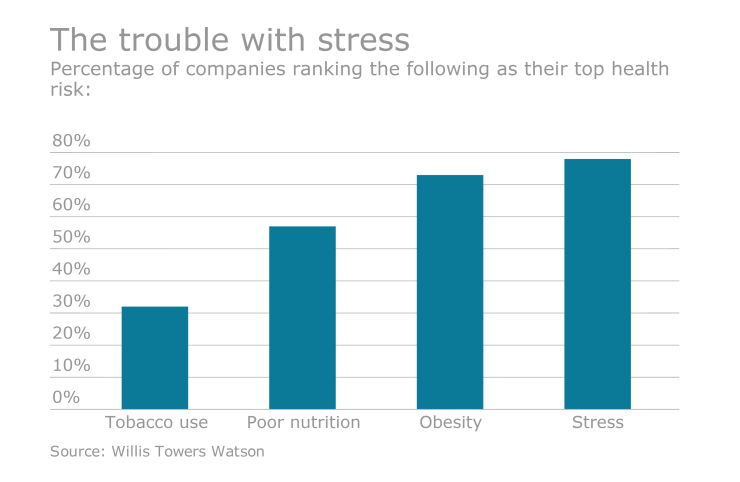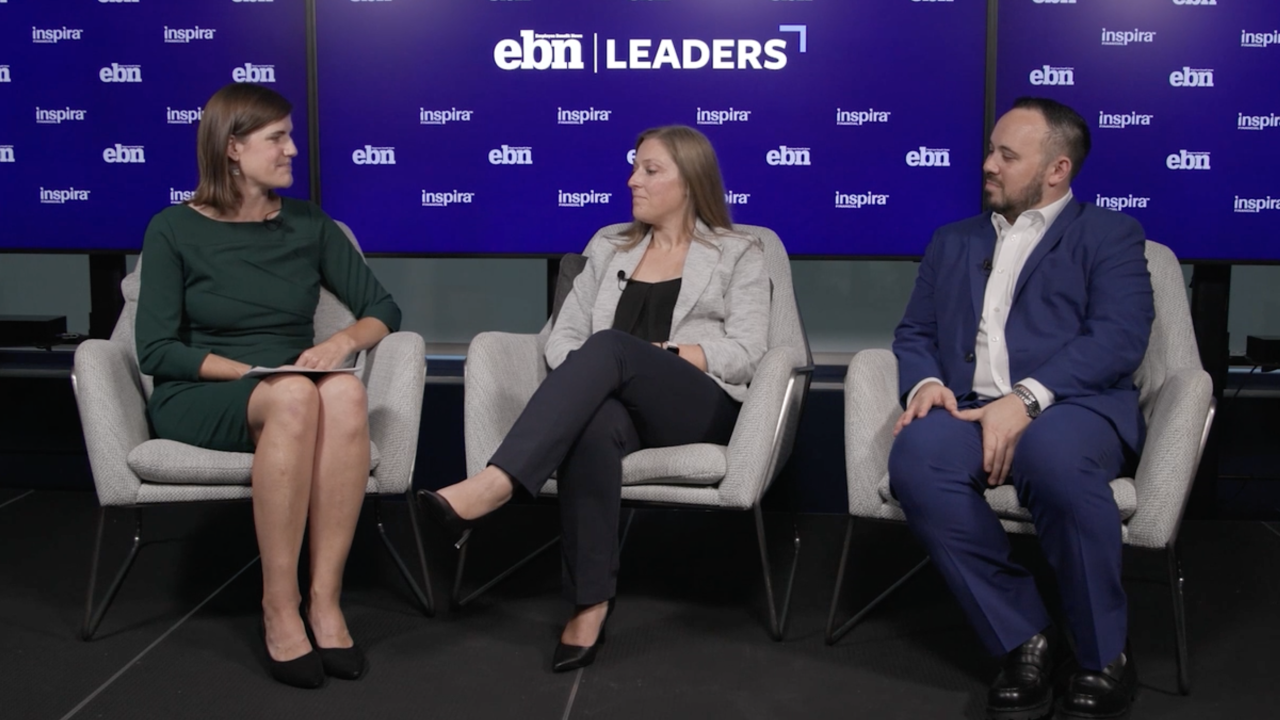Employers know that stress in the workplace is a problem. But what they don’t know, according to a recent report from Willis Towers Watson, is where that stress is coming from.
The report found that, while 75% of employers ranked stress as their top health and productivity concern, their picks as top stressors didn’t match those of their employees. Both agreed that inadequate staffing was a top stressor, a remnant of recession layoffs that left workers with an increased workload without an increased paycheck. But other than that, their opinions seemed to diverge. Employees ranked low pay and company culture as two of the top three reasons for their stress at work. Employers ranked both of those at the bottom of the list, instead listing lack of work/life balance and technologies that expand availability much higher.
“I think we always think we know what the employee wants or needs,” says Rose Stanley, a senior practice leader at WorldatWork. “So we make our programs with all these assumptions on what we think we know, but in the reality we have to find out from employees themselves where stress is coming from.”

Increasingly more companies have been examining workplace stress, with many sending out surveys to employees every couple years to gauge where workers are at and how to keep them at top performance.
That is because employers have a very real stake in ensuring that employees are dealing with stress in a healthy way, and not letting it build up over time. Toxic stress, the result of this build up, has been linked to a number of chronic illnesses that can skyrocket healthcare costs for employers, including depression, obesity and heart disease, research shows.
Stress can also cost employers through its less immediately tangible impacts. According to the American Institute of Stress, stress costs U.S. industry more than $300 billion each year.
“There’s a lot of different ways stress can manifest itself including absenteeism and presenteeism,” Stanley says. “To me, presenteeism means coming into the job but not really being present. You’re distracted by other issues, you’re not really being productive, you’re not engaged and you’re not putting in that effort that organizations are trying to find. If employees are actively disengaged, then they’re getting paid for nothing.”
Employers can start taking active steps to address employee stress through small changes, researchers note. Company culture, the third highest stressor for employees, can be improved by allowing time for lunch breaks outside and casual conversations among employees.
“The only way that an employer can effectively tackle this issue is through cross dimensional efforts that address the culture,” says Erin M. Tatar, the national leader of health management practice for Willis Towers Watson.





